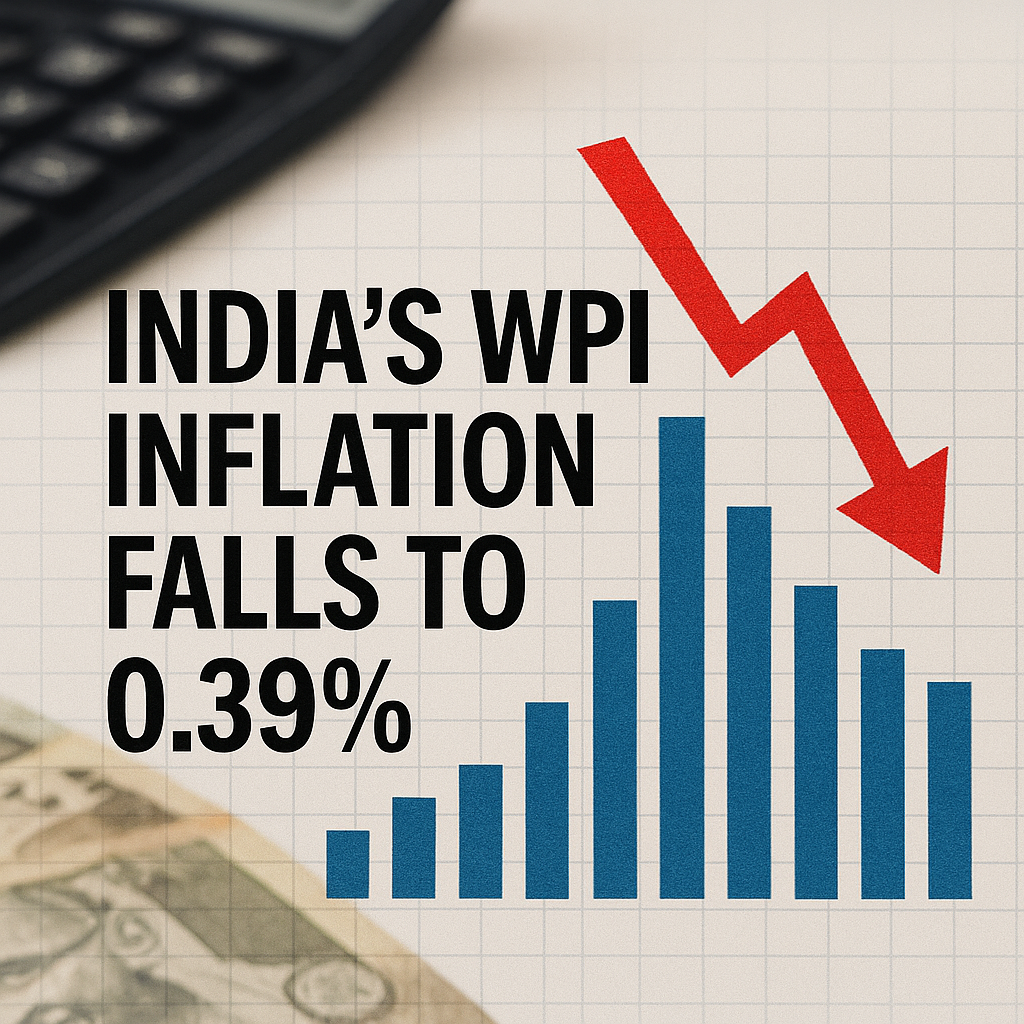
📅 May 3, 2025, Post 9: Challenges in Prosecuting Money Laundering Cases: Insights from ED’s Annual Report |Mains Essay Attached | Target IAS-26 MCQs Attached: A complete Package, Dear Aspirants!
Challenges in Prosecuting Money Laundering Cases: Insights from ED’s Annual Report

🛡️ NATIONAL HERO — PETAL 009
Date: May 3, 2025
Thematic Focus: Economic Offences | Institutional Reform | Judicial Efficiency
🌿 Intro Whisper
Despite powerful legislation and 100 dedicated courts, India’s fight against money laundering still grapples with slow trials, asset management woes, and procedural bottlenecks. The Enforcement Directorate’s (ED) latest report offers a window into this complex web of justice.
🧭 Key Highlights
- Low Trial Completion Rate
• Only 47 cases have reached judgment since 2005, despite 7,771 ECIRs filed and 1,739 prosecution complaints lodged.
• Conviction rate stands at 93.6%, with 3 acquittals. - Special Court Overload
• Though 100 PMLA courts exist, many are burdened with multiple laws.
• Frequent writs and interlocutory petitions slow proceedings. - Linked Predicate Offences
• Money laundering trials are dependent on the resolution of base criminal offences, leading to delays in trial start dates. - Asset Attachment Challenges
• ₹1.54 lakh crore in assets frozen; over 33% under legal challenge.
• Disputes over confirmation timelines and single-member authority have stayed proceedings worth thousands of crores. - Preserving Confiscated Assets
• Attached assets often depreciate; ED uses FD receipts as substitutes to maintain value. - Recent Surge in Action
• In FY 2024-25, ED issued 416 provisional attachment orders worth ₹30,036 crore, a 141% increase in value over last year.
📚 GS Paper Mapping
- GS Paper 2: Governance, Transparency & Accountability
- GS Paper 3: Money-Laundering | Economic Offences | Internal Security Mechanisms
💭 A Thought Spark — by IAS Monk
“Justice delayed is justice denied—but in financial crimes, delay feeds decay. When money launderers outpace the law, it’s not just wealth that’s stolen, but time, faith, and fairness.”
High Quality Mains Essay For Practice :
Word Limit 1000-1200
The Watchdog and the Republic: Role of the Enforcement Directorate in a Healthy Democracy
Introduction
In the intricate machinery of a democratic state, institutions are not mere cogs — they are moral compasses, safeguarding the values of justice, transparency, and accountability. Among these institutions, the Enforcement Directorate (ED) stands as a vigilant watchdog, combating the dark underbelly of financial crimes, particularly money laundering, which threatens both economic health and public trust. However, in recent years, the ED’s increasing workload, procedural entanglements, and perceptions of politicization have brought into question not only its efficiency but also its alignment with democratic ideals. The health of a democracy depends not just on the presence of institutions like the ED but on their ability to remain fair, fearless, and functionally robust.
The Mandate of the ED: Economic Sentry of the Republic
The Enforcement Directorate was established in 1956 under the Department of Economic Affairs, with its powers sharpened by the Prevention of Money Laundering Act (PMLA), enacted in 2002. Its core function is to investigate the conversion of black money into legal wealth and to prosecute offenders who violate the sanctity of India’s financial systems. In doing so, the ED operates not just as a policing body but as a protector of economic democracy.
Money laundering, by its very nature, enables illicit wealth to infiltrate legitimate institutions — it corrodes the foundations of fair trade, funds terror and drug networks, and nurtures elite impunity. The ED’s role is therefore not ancillary, but central to India’s vision of clean governance.
A Record of Aggression: Conviction vs. Completion
According to recent data, the ED has filed 1,739 prosecution complaints and issued 7,771 Enforcement Case Information Reports (ECIRs) since the inception of the PMLA. It boasts a conviction rate of 93.6% — an impressive figure, but one that masks deeper structural stress.
The problem lies not in the intent, but in the inertia. Despite the existence of over 100 special PMLA courts, many are burdened with multiple jurisdictions, leading to procedural delays, frequent adjournments, and cases dragged over decades. The average lag between registration and final judgment often spans 8 to 10 years, turning swift justice into a mirage.
Structural and Procedural Bottlenecks
Several systemic factors limit the ED’s efficacy:
• Dependency on predicate offences: PMLA cases hinge on the progress of predicate offences under IPC, NDPS, or the Companies Act. If the base case stalls, so does the ED’s.
• Judicial backlog: The 100+ special courts are insufficient, especially when they handle cases under multiple laws. This dilutes attention and slows progress.
• Asset attachment hurdles: Over ₹1.54 lakh crore worth of attached assets are under legal challenge. Conflicting judicial interpretations on single-member confirmations and 180-day deadlines paralyze further action.
• Technological and manpower gaps: Forensic accounting, digital surveillance, and cyber tracking are underfunded. The ED’s reach outpaces its capacity.
Implications for Democracy
This institutional fatigue has wider democratic consequences:
• Erosion of public trust: When powerful offenders delay or escape conviction, the public’s belief in justice diminishes. Rule of law becomes a slogan, not a safeguard.
• Spectacle vs. substance: If the ED is viewed more as a political instrument than a neutral body, it loses its moral high ground. Raids become media events; judgments fade into oblivion.
• Moral asymmetry: Prolonged cases create an asymmetry of justice — where the weak are punished swiftly and the strong manipulate the system.
• Chilling effect: Allegations of selective targeting discourage economic risk-taking and dissent, affecting business confidence and civil liberty.
Balancing Enforcement with Liberty
A healthy democracy must ensure that enforcement does not curtail liberty. The ED must operate within a framework of accountability, transparency, and judicial oversight.
Reforms Required:
• Dedicated benches for PMLA cases to fast-track trials without overlap.
• Digitization of trials and filing to reduce delay and promote transparency.
• Asset preservation frameworks to prevent depreciation and litigation-based stalling.
• Audit of selectivity: Establishing an independent parliamentary oversight mechanism to review ED action and weed out political misuse.
• Capacity-building: Investing in financial intelligence officers, cyber forensic teams, and global collaborations.
Comparative Perspectives
Many democracies face similar challenges. The US Securities and Exchange Commission (SEC) or the UK’s Serious Fraud Office (SFO) function with high autonomy but are strictly bound by transparency laws. Their success lies in balancing aggression with accountability. India too can adopt best practices — including public dashboards, prosecution status reports, and annual independent audits.
A Larger Vision: Guardians, Not Gladiators
The ED is not merely a crime-fighting agency — it is a guardian of financial morality. But guardians must not become gladiators in political arenas. They must not tire, nor be misused. In a democracy as vast and vibrant as India, the failure of a single watchdog can lead to the rise of a thousand foxes.
Conclusion
India’s democratic journey is as much about ideals as about institutions. The Enforcement Directorate, if empowered with clarity, autonomy, and checks, can be a powerful pillar in this journey. But if overburdened or politicized, it risks crumbling under the weight of its own purpose.
Quote to Conclude:
“A tired watchdog is worse than none at all — for it barks late, bites less, and lets shadows deepen where light should shine.”
Let us therefore nourish our watchdogs — not just with laws, but with vision, resources, and courage — for in their strength lies the republic’s safety.
ne at all — for it barks late, bites less, and lets shadows deepen where light should shine.”
Target IAS-26: Daily MCQs : May 3, 2025
📌 Prelims Practice MCQs
Topic: Enforcement Directorate & PMLA Challenges
MCQ 1 — Type 4: Direct factual
Q. 1. Which of the following best explains the main reason for delays in PMLA trials as identified by the ED’s recent report?
A) Lack of evidence in predicate offences
B) Delays in underlying predicate offence trials
C) Low conviction rate of the ED
D) Inefficient cooperation with state police forces
🌀 Didn’t get it? Click here (▸) for the Correct Answer & Explanation
✅ Correct Answer: B) Delays in underlying predicate offence trials
🧠 Explanation:
The ED’s report clearly identifies that PMLA trials are often delayed because they are tied to progress in predicate (original) offence cases, which are themselves slow-moving.
MCQ 2 — Type 4: Direct factual
Q.2. What percentage of conviction rate was reported by the ED in its latest annual report?
A) 82.1%
B) 88.5%
C) 93.6%
D) 97.3%
🌀 Didn’t get it? Click here (▸) for the Correct Answer & Explanation
✅ Correct Answer: C) 93.6%
🧠 Explanation:
The ED reported a conviction rate of 93.6%, highlighting high prosecutorial success in the relatively few cases that reach judgment.
MCQ 3 — Type 3: Only, both, neither-nor
Q. 3. Consider the following statements regarding asset attachment under PMLA:
• 1) Assets worth over ₹49,000 crore are under challenge due to confusion over the 180-day confirmation limit.
• 2) The ED is allowed to manage, sell, or substitute attached assets at will, without any legal constraints.
Which of the above statements is/are correct?
A) Only 1 is correct
B) Only 2 is correct
C) Both 1 and 2 are correct
D) Neither 1 nor 2 is correct
🌀 Didn’t get it? Click here (▸) for the Correct Answer & Explanation
✅ Correct Answer: A) Only 1 is correct
🧠 Explanation:
1) ✔️ Correct. Assets worth ₹49,620 crore are challenged due to interpretation disputes about the 180-day confirmation period. • 2) ✖️ Incorrect. The ED cannot manage or sell assets without adhering to strict legal procedures and court permissions.

















